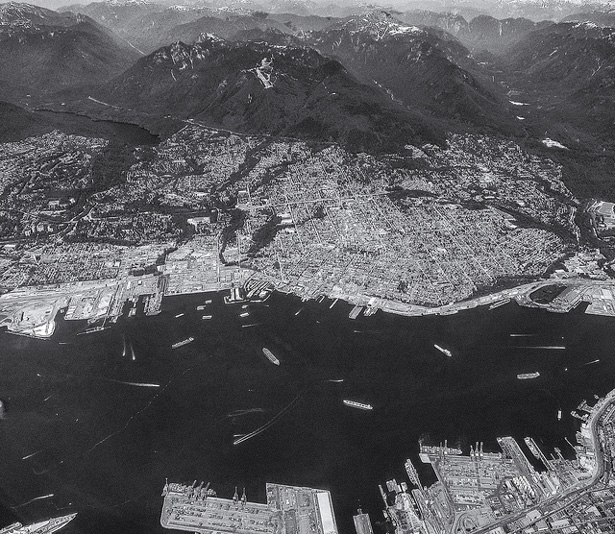-
Carl Haub, Demographics Revealed
What Does “Urbanization” Really Mean?
June 19, 2013 By Wilson Center Staff
The original version of this article, by Carl Haub, appeared on Demographics Revealed.
Few terms in demography can cause more confusion than “urbanization.” News stories reporting projections of world urbanization are nearly always accompanied by photographs of places such as London or Shanghai, and it does seem rather natural to think of urbanization in those terms.
There are really two ways to describe urbanization: urban places and metropolitan areas. Historically, the definition of “urban” has been quite different across countries. In a sense, the urban population was originally more akin to “non-farm,” although not all people in rural areas worked in farming itself. Considering how the concept of urban-rural began will help in understanding its meaning today.
Urban Places
In the first census of the United States, in 1790, only 5.1 percent of the 3.9 million population was urban and New York was the largest city with 33,000 people. Not until 1920 did the urban proportion pass 50 percent. In 1880, the first figures on the farm population showed that 22 million people lived on farms, 44 percent of the national total and 61 percent of the rural population. The farm population’s peak year was 1910, at 32 million; but today is less than 3 million.
Continue reading on Demographics Revealed.
Photo Credit: “Urbanization,” courtesy of flickr user theperplexingparadox.
Topics: Africa, Asia, demography, development, Latin America, media, On the Beat, population, U.S., UN, urbanization
 A Publication of the Stimson Center.
A Publication of the Stimson Center.



